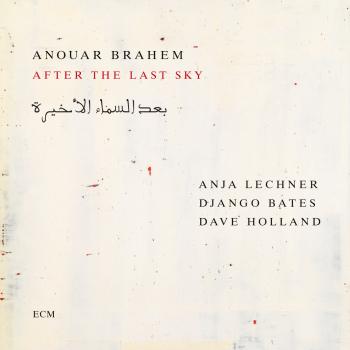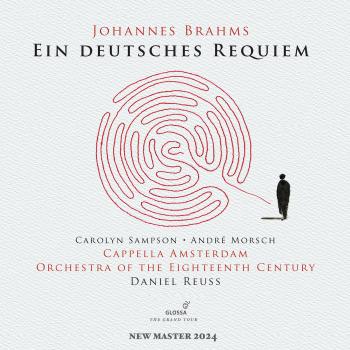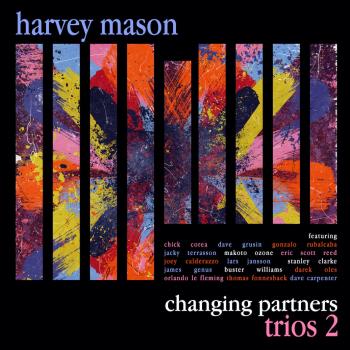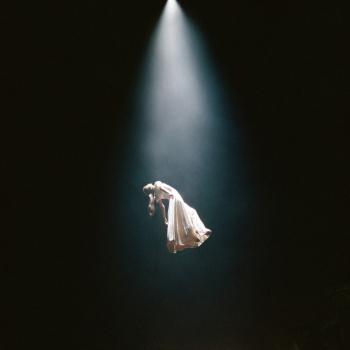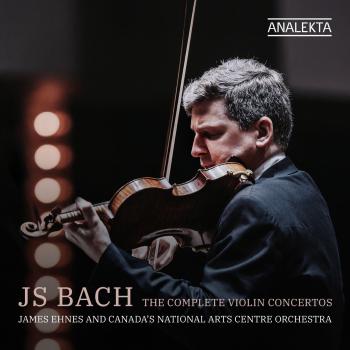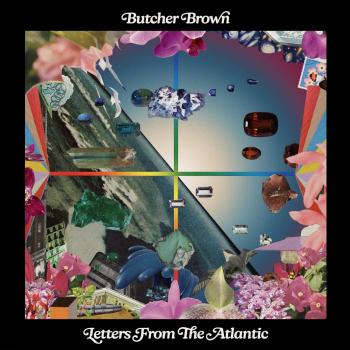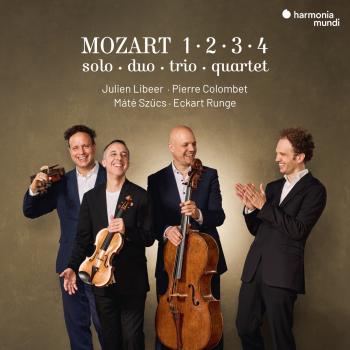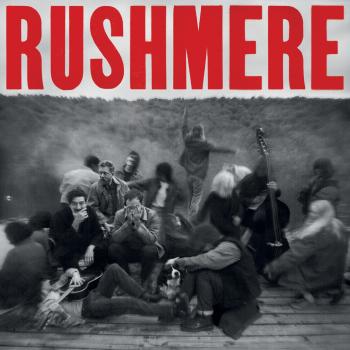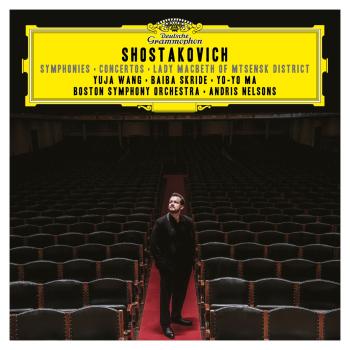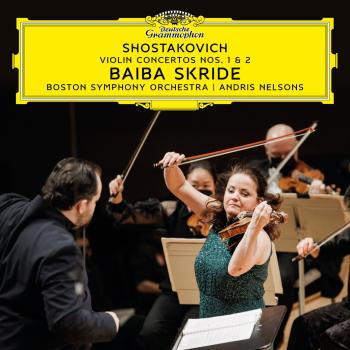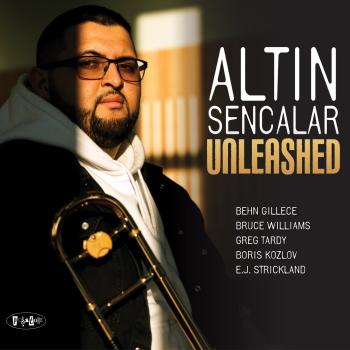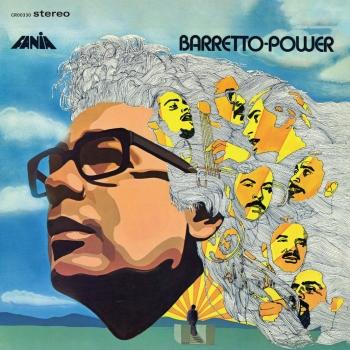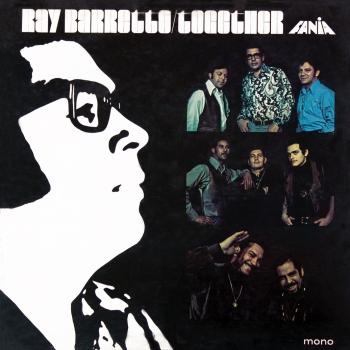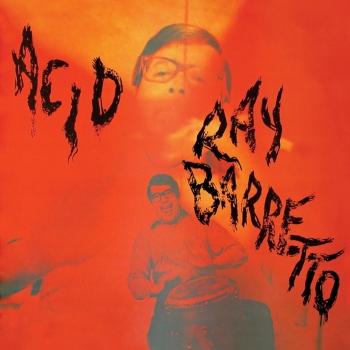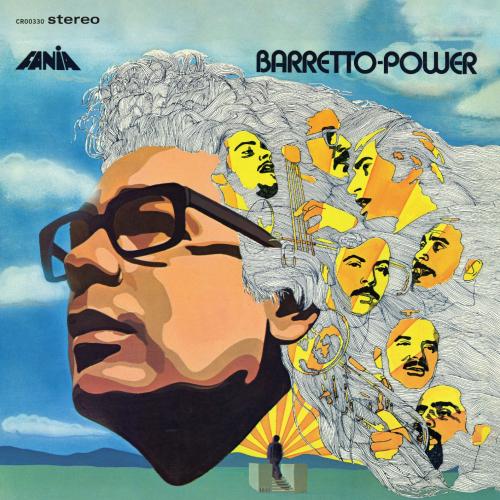
Barretto Power (Remastered) Ray Barretto
Album info
Album-Release:
2020
HRA-Release:
23.10.2020
Album including Album cover
I`m sorry!
Dear HIGHRESAUDIO Visitor,
due to territorial constraints and also different releases dates in each country you currently can`t purchase this album. We are updating our release dates twice a week. So, please feel free to check from time-to-time, if the album is available for your country.
We suggest, that you bookmark the album and use our Short List function.
Thank you for your understanding and patience.
Yours sincerely, HIGHRESAUDIO
- 1 Oye La Noticia 05:25
- 2 Perla Del Sur 05:40
- 3 Right On 02:40
- 4 De Qué Te Quejas Tú 04:05
- 5 Y Dicen 03:54
- 6 Quitate La Máscara 04:26
- 7 Se Que Volveras 03:45
- 8 Power 05:59
Info for Barretto Power (Remastered)
Early jazz crossover: Ray Barretto, one of the leading lights of the salsa explosion and of the Fania label, will have his Barretto Power album released in a 50th anniversary HiRes edition by Craft Latino on October 23.
Barretto Power was released in 1970, some two years into the conga player and bandleader’s long association with Fania. It began a succession of genre-straddling, Afro-Caribbean masterworks that the Fania All-Stars member released in the first half of the decade. This was the album on which Barretto crystallized the tight and funky sound that he became known for, primarily in the salsa idiom and with such top players as Orestes Vilató on timbales and the young Andy González on bass.
Highlights of the LP include the enduring hit “Quítate La Máscara,” which established Adalberto Santiago as one of the great Afro-Caribbean singers of his time, and Puerto Rican composer Tite Curet Alonso’s frenetic “De Qué Te Quejas Tú.”
"Back into a mostly traditional bag by 1972, Ray Barretto served notice that his was the heavyweight band in the salsa scene with this LP. Aside from the devastating three-man trumpet line (Roberto Rodriguez, Rene Lopez, Papy Roman) and Adalberto Santiago's vocals (plus chorus), Barretto Power is entirely a rhythm-section record, lean and economical yet no less powerful for it. The compositions are mostly group originals, and range from the leader's salsa-fied opener, "Oye la Noticia," to Rodriguez's chorus-heavy "Perla del Sur" to a pair of slightly modernized horn-led numbers, "Right On" and the closer, "Power" (the latter being Exhibit A should any listeners doubt the claim in the title). Pianist Luis Cruz contributes an affectionate yet stately ballad, "Se Que Volveras," and the trumpets never fail to come together, even when they're diverging along creative harmonic lines. Barretto Power isn't a flashy record; earlier triumphs like Acid and Hard Hands earned Barretto more notices than this one ever did. Still, it's as good a proof of Barretto's strength as any record in his discography." (John Bush, AMG)
The new edition of Barretto Power has all-analog mastering by Kevin Gray at Cohearent Audio and represents the album’s first HiRes reissue since its original release.
Andy Gonzales, bass
Tony Fuentes, bongos
Ray Barretto, congas
Louis Cruz, piano
Orestes Vilato, timbales
Papy Roman, trumpet
Rene Lopez, trumpet
Roberto Rodriguez, trumpet
Adalberto Santiago, vocals
Produced by Jerry Masucci
Digitally remastered
The most widely recorded conguero in jazz, Ray Barretto grew up listening to the music of Puerto Rico and the swing bands of Duke Ellington, Count Basie, and Benny Goodman. Barretto credited Dizzy Gillespie's recording of "Manteca," featuring conguero Chano Pozo, with his decision to become a professional musician.
He first sat in on jam sessions at the Orlando, a G.I. jazz club in Munich. In 1949, after military service, he returned to Harlem and taught himself to play the drums, getting his first regular job with Eddie Bonnemere's Latin Jazz Combo. Barretto then played for four years with Cuban bandleader/pianist José Curbelo. In 1957, he replaced Mongo Santamaria in Tito Puente's band, with which he recorded his first album, Dance Mania. After four years with Puente, he was one of the most sought-after percussionists in New York,attending jam sessions with artists including Max Roach and Art Blakey and recording with Sonny Stitt, Lou Donaldson, Red Garland, Gene Ammons, Eddie "Lockjaw" Davis, Cannonball Adderley, Freddie Hubbard, Cal Tjader, and Dizzy Gillespie. Barretto was so much in demand that in 1960 he was a house musician for the Prestige, Blue Note, and Riverside record labels.
Barretto's first job as a bandleader came in 1961, when Riverside producer Orrin Keepnews asked him to form a charanga for a recording, Pachanga With Barretto. His next album, Charanga Moderna, featured "El Watusi," which became the first Latin number to penetrate Billboard's Top-20 chart. In 1963, "El Watusi" went gold. In 1975 and 1976, Barretto earned back-to-back Grammy nominations for his albums Barretto (with the prize-winning hit "Guarere") and Barretto Live…Tomorrow. His 1979 album for Fania, Rican/Struction, considered a classic of salsa, was named Best Album (1980) by Latin N.Y. magazine, and Barretto was named Conga Player of the Year. He won a Grammy Award in 1990 for the song "Ritmo en el Corazon" with Celia Cruz.
Barretto was inducted into the International Latin Music Hall of Fame in 1999. He was voted Jazz Percussionist of 2004 by the Jazz Journalists Association and won the DownBeat critics' poll for percussion in 2005. His recording Time Was, Time Is was nominated for a 2005 Grammy Award.
This album contains no booklet.

